DeepL represents a significant achievement in the field of artificial intelligence and natural language processing. I want to explain what DeepL is, how it works, and why many consider it to be the best translation AI available right now. This tool is changing how people and businesses communicate across language barriers. Understanding this technology helps us see the future of multilingual communication.
Understanding DeepL Translator Technology

The core of DeepL‘s strength is its approach to machine translation. Traditional translation tools often rely on phrase-based machine translation. This method breaks sentences into smaller segments and translates them individually. While functional, it often misses the overall context and nuance of the original text.
The Power of Neural Networks
DeepL uses deep learning, a branch of machine learning that employs neural networks. These networks are structures modeled after the human brain. The network learns patterns and relationships in vast amounts of text data. It does not just translate word-for-word. Instead, it processes the entire sentence, or even multiple sentences, to grasp the full meaning. This allows DeepL to produce translations that sound more natural and human.
The architecture DeepL uses is not public knowledge in full detail, but it is known to be based on powerful transformer models, similar to those that drive many current AI tools. These models excel at understanding context over long sequences of text. This deep contextual understanding is why the output from the DeepL translator often surpasses competitors like Google Translate in fluency and accuracy.
DeepL vs Google Translate: A Focus on Quality
The comparison between DeepL vs Google Translate often centers on the quality of the output. While Google Translate is highly accessible and supports a larger number of languages, DeepL often delivers superior results for the languages it supports.
I observe that DeepL often handles idioms, subtle phrasing, and complex grammatical structures better. For instance, in translating from German to English, which is one of DeepL‘s strong suits, the system produces translations that reflect the grammatical and stylistic choices a human translator would make. This higher level of AI translation accuracy is critical for professional use.
| Feature | DeepL Translator | Google Translate |
| Core Technology | Deep Neural Networks (Transformer-based) | Neural Machine Translation |
| Primary Focus | Translation Quality, Natural Sounding Output | Broad Language Coverage, Accessibility |
| Context Handling | Superior, especially for complex sentences | Good, but sometimes lacks nuance |
| Supported Languages | Fewer, but growing | Very Large Number |
Real-World Applications of DeepL AI
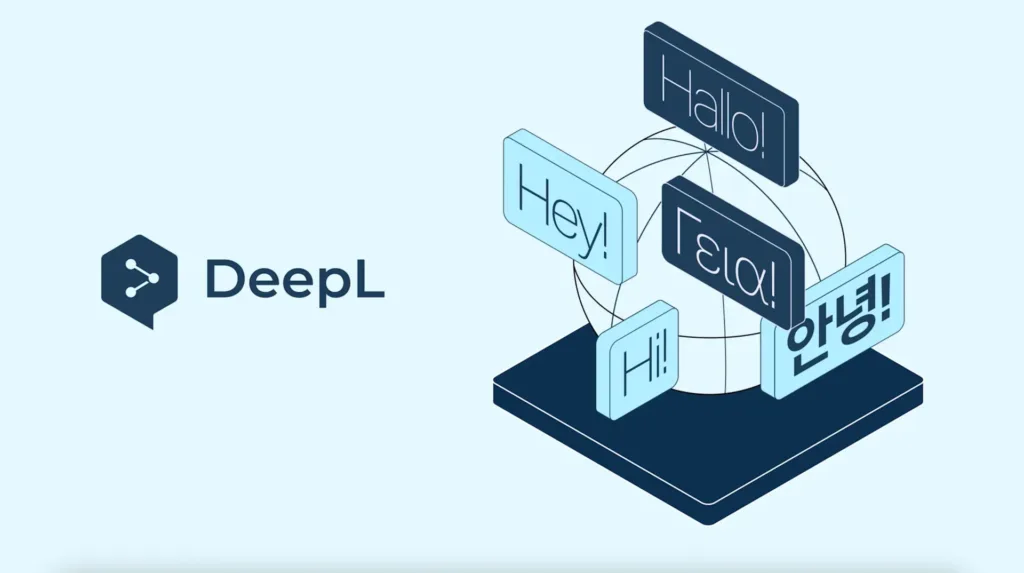
The applications for DeepL technology are widespread. Businesses, content creators, students, and general users benefit from its high AI translation accuracy.
DeepL for Business Communication
In a global marketplace, clear communication is paramount. Businesses use the DeepL API and the DeepL Pro features to streamline international operations. For example, a company can instantly translate legal contracts, technical manuals, or customer service inquiries with a high degree of confidence in the accuracy. This speeds up communication and reduces the need for constant human proofreading. I see many companies integrating the DeepL API directly into their internal communication platforms and enterprise software. This integration makes multilingual collaboration seamless.
Content Creation and SEO Translation
Content creators and marketers find DeepL to be an invaluable tool. Translating marketing copy, blog posts, and website content requires more than just literal translation; it requires cultural and contextual appropriateness. DeepL content creation assistance helps maintain the original tone and intent across languages. Furthermore, DeepL SEO translation assists in adapting keywords and phrases for different linguistic markets. This is essential for improving international search engine rankings. A blog focusing on AI, for instance, could use DeepL to translate an article about AI agents, ensuring the target language maintains technical accuracy. You can read more about what these tools offer in our article about Manus AI Agents.
Academic and Educational Use
Students and researchers use DeepL to access information in foreign languages. Reading research papers, textbooks, and academic articles becomes easier when translation is quick and accurate. For students needing help with written assignments, while DeepL is primarily a translator, its underlying language model technology connects it to the world of generative AI. For instance, students might find other AI language tools helpful for drafting or checking work, similar to those explored in our article on AI Homework Helper Tools.
DeepL Features for Enhanced Writing
Beyond pure translation, DeepL has developed tools that aid in general writing and editing, leveraging its deep understanding of language structure.
DeepL Writing Assistant and Grammar Checker
The DeepL writing assistant and DeepL grammar checker functionalities extend the tool’s utility. These features analyze text and suggest improvements in phrasing, style, and grammar. This goes beyond simple spell-checking. It provides contextual suggestions to make the writing clearer and more impactful. For a journalist translating a story, or a student drafting an essay, this feature acts like a professional editor.
Document Translation and Integration
DeepL allows users to upload and translate entire documents, maintaining the original formatting. This is a massive time-saver for anyone dealing with PDFs, Word documents, or presentation files. The DeepL Chrome extension and the dedicated DeepL Translate app offer convenient ways to use the service instantly, whether reading a foreign-language website or quickly translating a chat message. The ease of use and high accuracy make it a superior choice among AI multilingual tools.
DeepL Free vs Paid: Understanding the Options
DeepL offers both a free version and a paid subscription model, often referred to as DeepL Pro features. I find it helpful to look at the differences to decide which is right for a user.
DeepL Free
The free version provides access to the core translation engine. It allows a limited amount of text translation and a restricted number of document translations per month. For occasional use or for translating short texts like emails or quick messages, the free service is often sufficient. It still uses the advanced neural networks, ensuring high-quality output for shorter pieces.
DeepL Pro Features
DeepL Pro features are designed for heavy users, professionals, and businesses. Key advantages include:
- Unlimited Text Translation: No limits on the amount of text translated.
- Enhanced Data Security: A guarantee that translated texts are not stored or used for training the AI. This is a crucial feature for businesses handling sensitive or confidential information.
- DeepL API Access: This allows developers to integrate DeepL translation directly into their software, websites, or apps.
- Increased Document Translation: Higher limits or unlimited translation of full documents.
- Customization: Access to features like glossaries, allowing users to define how specific terms or brand names should be translated consistently.
The choice between DeepL free vs paid depends entirely on the volume and sensitivity of the text being translated.
The Technology Behind the Accuracy
The high AI translation accuracy of DeepL is not a coincidence; it is a direct result of advanced technological choices. I want to briefly touch on the underlying principles that make it possible.
Training on Quality Data
DeepL‘s neural network is trained on an exceptionally large and high-quality corpus of human-translated texts. This corpus is the foundation of its understanding. By analyzing millions of professional translations, the network learns the most natural and contextually appropriate ways to bridge two languages. This focus on quality of data, rather than just quantity, is a critical differentiator. This is an example of how curated data fuels superior AI performance. Another AI in a different domain, like video generation, also depends heavily on the quality of its training data to produce compelling outputs. You can see how this applies to generative video tools by reading our Vidnoz AI Review.
Continuous Improvement and Feedback Loops
The DeepL system is continuously refined. The developers use a sophisticated feedback mechanism to evaluate translation quality and train newer, better models. This iterative process ensures the system is always improving its handling of new vocabulary, idiomatic expressions, and evolving language use. This constant effort keeps DeepL at the forefront of the best translation AI competition.
DeepL AI in the Broader AI Landscape
DeepL fits into the wider world of generative AI and language models. While its primary function is translation, its technology shares roots with the models used for generating text and code.
DeepL vs ChatGPT: Different Goals
I often see questions comparing DeepL vs ChatGPT. It is important to remember they serve different primary goals.
- DeepL: Focuses intensely on accurate, high-quality, and nuanced translation between defined languages. It is a specialist tool for bridging language gaps.
- ChatGPT (and similar Large Language Models): Focuses on generating human-like text, answering questions, summarizing, and engaging in conversation. While it can translate, its translations are often less precise and less reliable than DeepL‘s dedicated engine. The strength of ChatGPT is its versatility; the strength of DeepL is its specialization.
This distinction highlights a broader trend in AI: the effectiveness of specialized, finely-tuned models for specific tasks versus general-purpose models. The principles of specialized AI also apply to advanced text generation. For instance, in the realm of specialized AI models, a text generator like Suna AI shows potential in focused areas. I explore some of these alternatives in our piece on Suna AI: A Strong Manus AI Alternative.
DeepL Alternatives
While DeepL is a top performer, other DeepL alternatives exist, each with its own strengths. Competitors include the aforementioned Google Translate, Microsoft Translator, and various open-source models. The primary metric for comparison remains AI translation accuracy, where DeepL consistently performs well in independent blind tests. Choosing an alternative often comes down to:
- Language Support: Does the tool support the specific language pair I need?
- API Cost: How much does integrating the service cost for my business volume?
- Security: Does the service offer the necessary data privacy guarantees?
Practical DeepL Tips and Tools
To maximize the benefit of using the DeepL translator, I suggest exploring its various tools and settings.
Using the DeepL API
For developers and businesses, the DeepL API is the most powerful way to use the service. Integrating the API means translation is done automatically within existing workflows, such as:
- Translating incoming customer support tickets instantly.
- Localizing product descriptions on an e-commerce platform.
- Adding multilingual subtitles to video content on the fly.
Leveraging the DeepL Chrome Extension
The DeepL Chrome extension is a simple yet powerful tool for everyday use. It allows for quick translation of selected text on any webpage without needing to navigate to the main DeepL site. I find this feature excellent for general reading and research. The extension makes DeepL feel like an integrated part of the browsing experience.
Exploring the DeepL Translate App
The dedicated DeepL Translate app for desktop and mobile devices provides a cleaner interface and often more features than the web interface for the same price tier. It is useful for translating local documents or using the dictation feature on a mobile device.
DeepL’s Impact on Global Communication
DeepL‘s superior AI translation accuracy has had a tangible impact on reducing linguistic barriers in professional and personal contexts. The quality of its output shifts translation from a necessary, often flawed, task to a smooth, reliable function.
This change is not just about making communication faster; it is about making it more effective. When translations sound natural and are contextually precise, the intent of the message is preserved. This fosters better understanding and collaboration.
For governments and international organizations, reliable translation is non-negotiable. Being able to access high-quality, real-time translation of documents and communication is crucial for diplomatic and economic work. The US Department of State, for example, relies heavily on high-accuracy translation services to conduct foreign policy. Information about global communication standards and requirements can often be found through government sites like the one for the U.S. Department of State.
The Future of DeepL and AI Language Tools
The future of DeepL and AI language tools likely involves deeper integration with other AI functions. I expect to see the DeepL text generator capabilities evolve, perhaps offering more advanced summarization or style adaptation alongside translation. As neural network models continue to grow more sophisticated, the distinction between a dedicated translator like DeepL and general-purpose models like LLMs may blur, but DeepL‘s focus on translation quality ensures it will remain a significant player. The ongoing DeepL AI review process, driven by customer feedback and technical advancement, will keep the tool relevant and powerful.In conclusion, DeepL has earned its reputation by focusing on a single, difficult goal: creating the most accurate machine translation possible. Its use of deep neural networks, commitment to data quality, and offering of professional features like the DeepL API make it the choice for anyone prioritizing precision in multilingual communication.

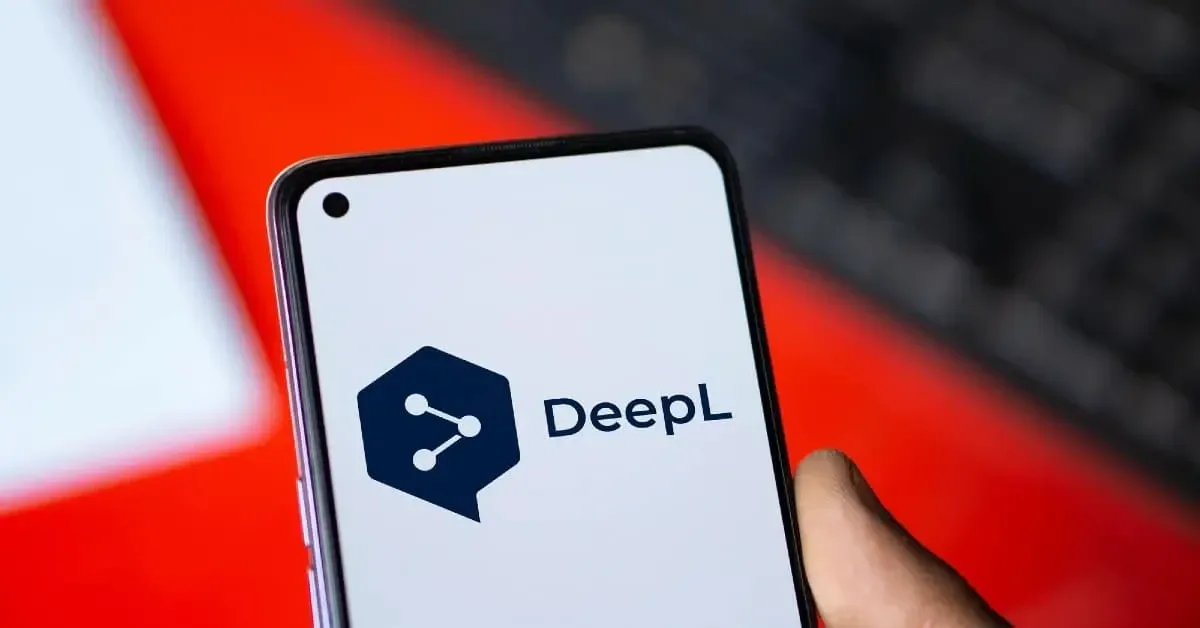
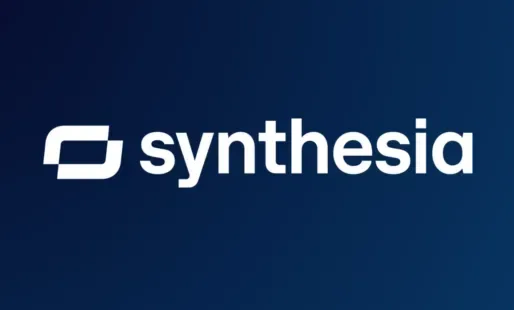
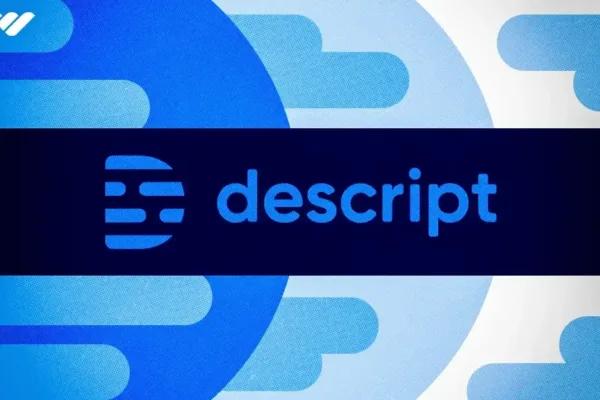
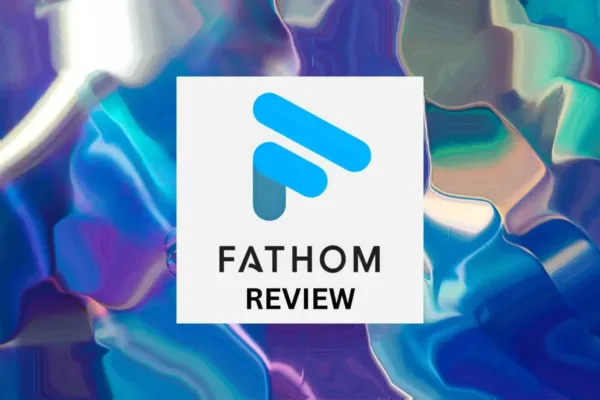
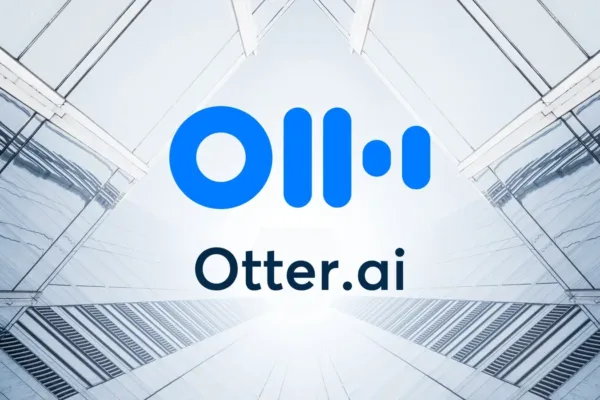
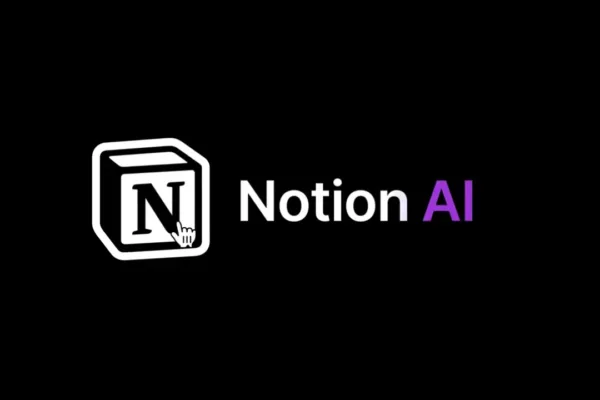
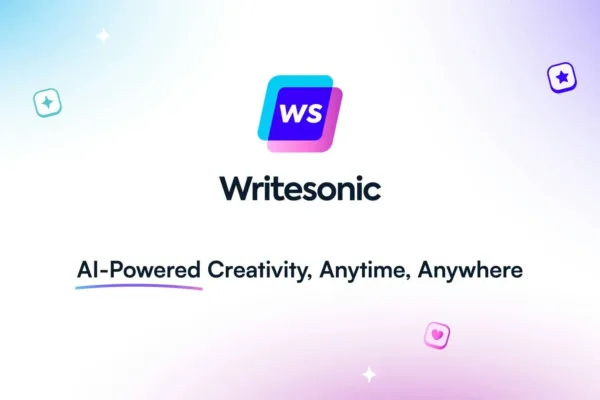

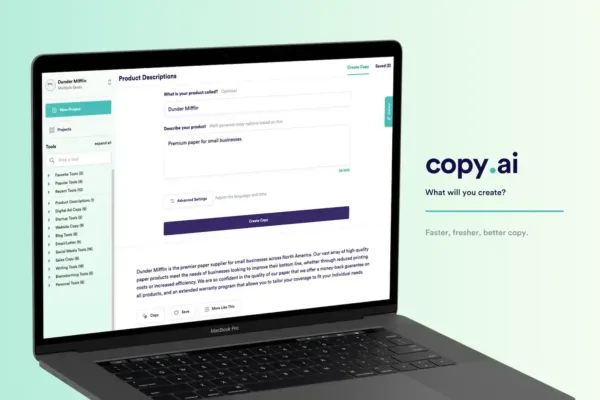
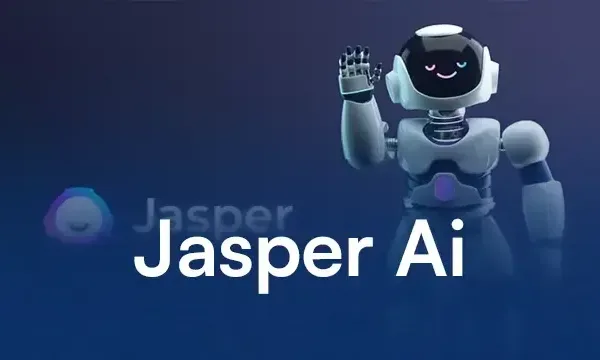

One thought on “AI and Augmented Reality: Merging AI with VR for Smarter, Immersive Experiences”